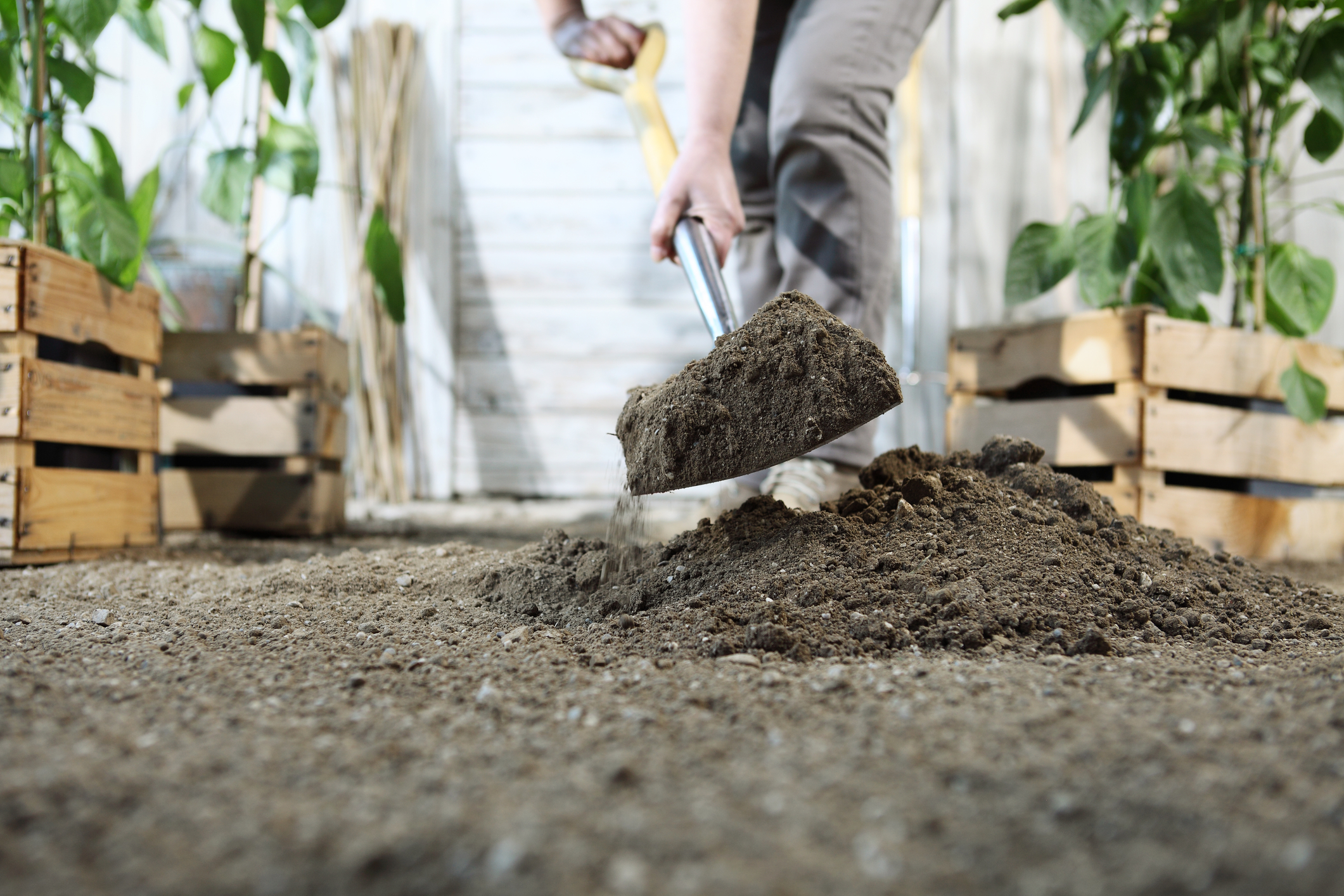As May nears us in the Garden State, you might be thinking about getting back out in the garden and getting things ready. The good news is, you’re not too late, but that time is coming. If you want a bountiful harvest this summer, there’s some work you need to start doing now.
Spring is the perfect time to start planting in your garden. But before you start planting, it’s important to get your soil ready. Preparing your garden soil properly will give your plants the best chance of thriving and producing a great yield. Here are some steps you can take to get your garden soil ready for spring planting.
The first step in preparing your garden soil is to clear the area of any debris or weeds. Remove any dead plants, leaves, and sticks from the soil. If there are any weeds, be sure to pull them out by the roots. This will give your plants more room to grow and help prevent any diseases.
Before you add any amendments to your soil, it’s important to know what type of soil you have. You can purchase a soil testing kit or take a sample of your soil to a local gardening center. The test will determine the pH level of your soil and whether it has any deficiencies in nutrients.
Based on the results of your soil test, you may need to amend your soil to ensure it has the right pH level and nutrients. If your soil is too acidic, add lime to raise the pH level. If your soil is too alkaline, add sulfur to lower the pH level. You can also add organic matter like compost, manure, or shredded leaves to improve the soil’s fertility.
Once you’ve amended your soil, it’s time to till it. Use a tiller to break up any clumps of soil and mix in the amendments. This will help distribute the nutrients evenly and create a loose, aerated soil that’s ideal for planting.
After tilling, it’s a good idea to add a layer of mulch to your garden bed. Mulch helps to retain moisture in the soil, suppress weeds, and regulate soil temperature. Use a layer of shredded leaves, straw, or wood chips to cover the soil surface.
It’s important to wait for the right time to plant. Depending on your location, the last frost date can vary. It’s best to plant after the risk of frost has passed. You can find the last frost date for your area by checking with your local gardening center or online.
New Jersey’s last frost date has come and gone and you can start thinking green from here on out.
But remember, preparing your garden soil is crucial for a successful spring planting season. Clear the garden area, test your soil, amend it as needed, till it, mulch the garden bed, and wait for the right time to plant.

